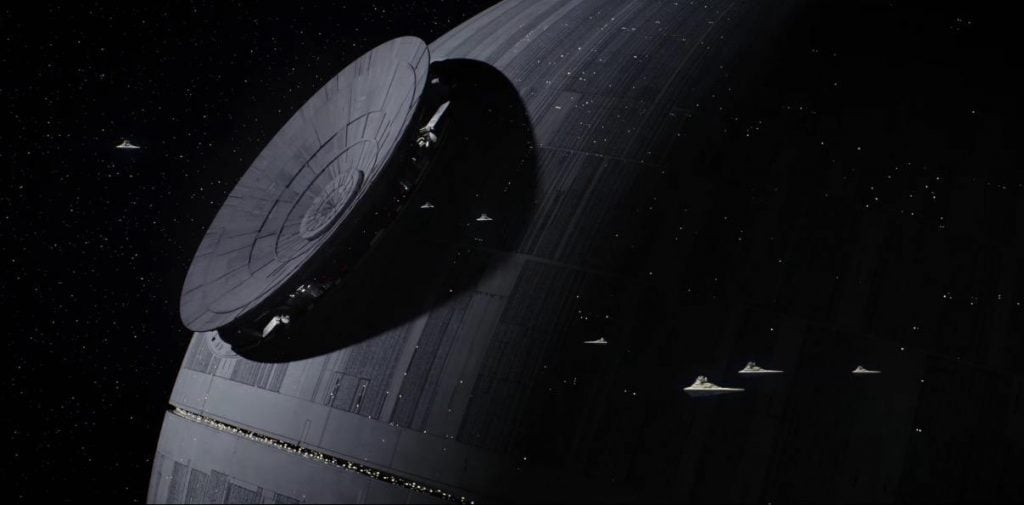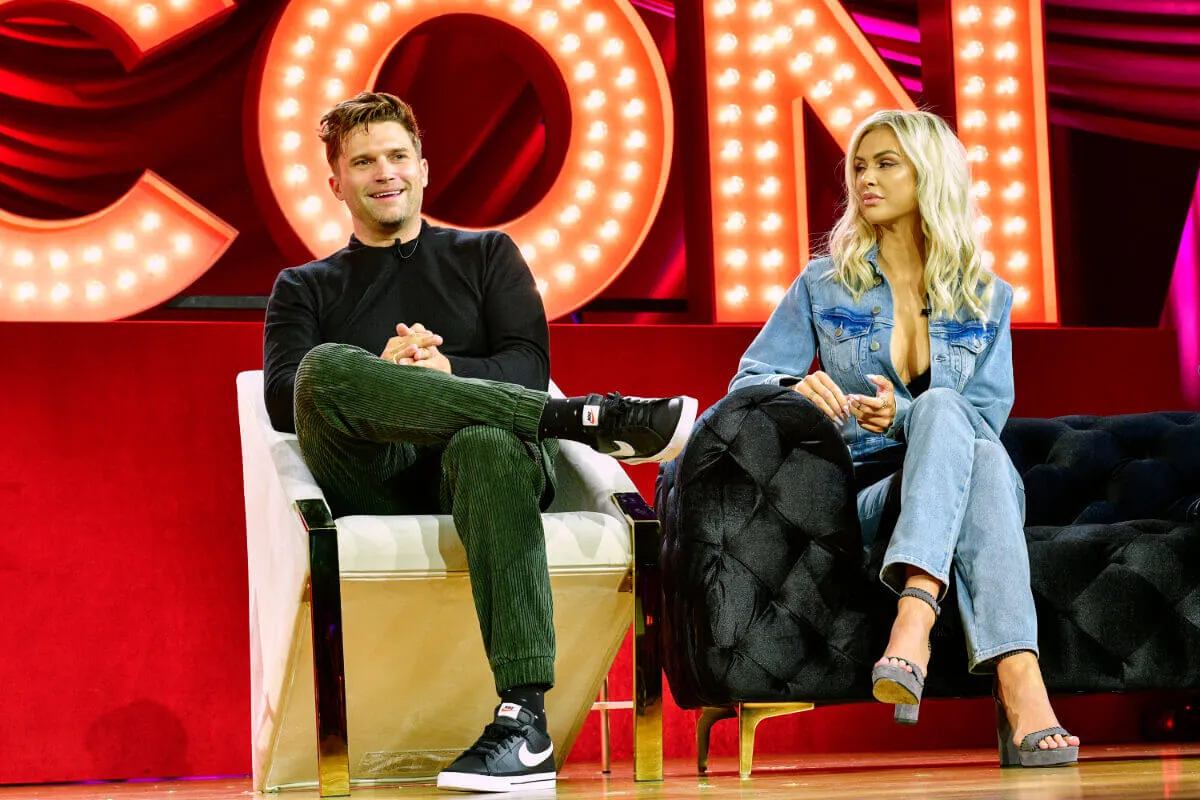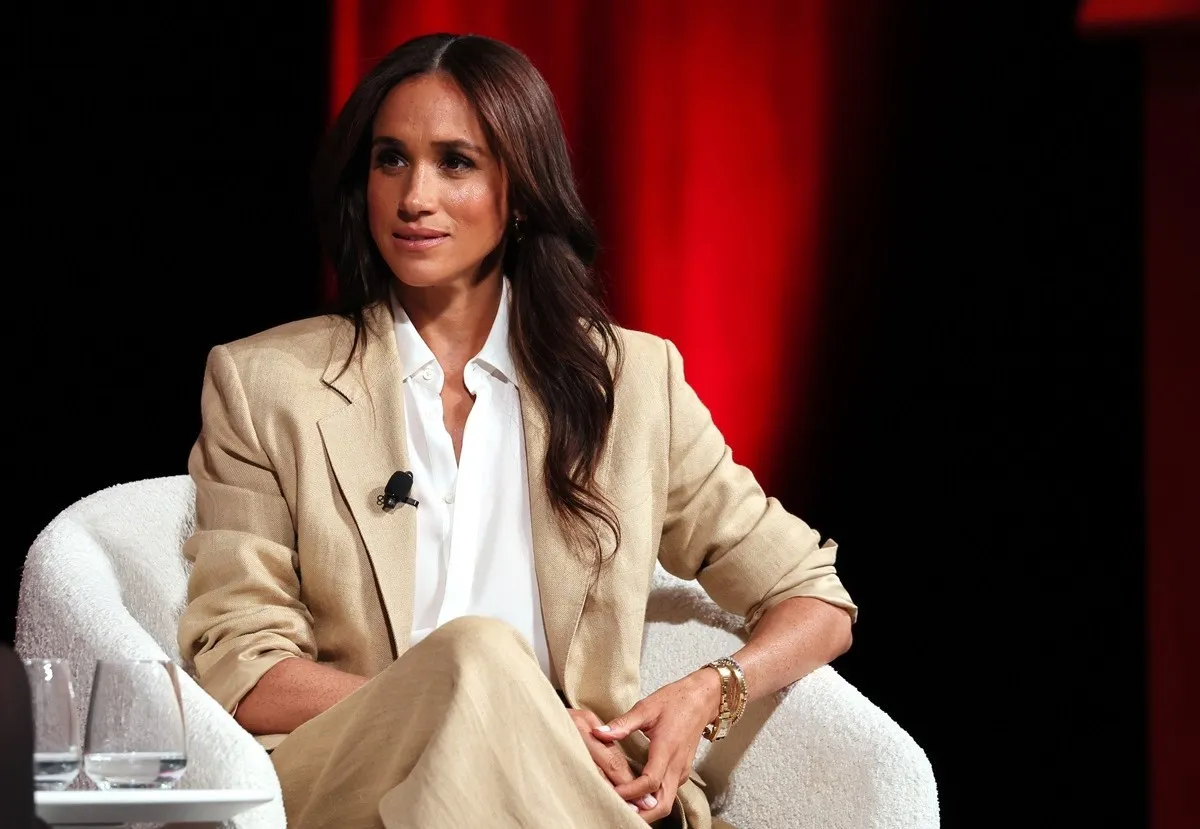‘Star Wars’: ‘Rogue One’ Director Reveals the Crew Had No Idea How the Death Star Plans Were Supposed To Look
Star Wars has long been one of the most popular and successful film franchises in the world and has managed to remain relevant more than 40 years after its creation. The brand has managed to remain strong by continuously producing blockbuster movies such as Rogue One that attract fans old and new.
A deviation from Star Wars canon, Rogue One was praised by critics due to is stellar special effects, strong performances, and dark tone—most notably the movie’s final scene. The closing scene—during which Darth Vader mercilessly tears through an entire crew of rebel soldiers—is arguably the most memorable of the film, and took significant work to produce. Although many parts of the scene were tough to figure out, the film’s director, Gareth Edwards, admitted that one of the most difficult parts of the scene was generating an authentic rendition of the Death Star plans.
‘Rogue One’ was a big hit when it came out

Rogue One was the first installment of the Star Wars franchise’s anthology, created as a prequel to Star Wars: Episode IV — A New Hope. Set just days prior to the events in episode 4, the film revolves around a small group of rebels who have come together to steal the plans to the Death Star, the Galactic Empire’s biggest weapon.
Upon its release, Rogue One was successful both financially and critically. It was praised for its storyline, special effects, and tone, and earned over $1 billion at the box office, according to Box Office Mojo. Although die-hard Star Wars fans have had a mixed reaction toward Rogue One the film, particularly the digital recreations of Peter Cushing and Carrie Fisher, the overall reception of the movie was positive, with it earning two Academy Award nominations for visual effects and sound mixing.
The Death Star plans were a major plot point
Anyone who knows the Star Wars story knows how important the Death Star plans were toward defeating the Galactic Empire. Without it, the rebels would have been unable to discover the flaw in the weapon’s reactor system, and Luke Skywalker would never have been able to destroy it in the Battle of Yavin.
In Rogue One, the Death Star plans are the primary focus of every character involved in the rebellion. Throughout the entire movie, viewers are left in suspense, wondering if and when they’ll be able to see the coveted plans. At long last, in the final scene of the film, they do.
The Death Star plans were a challenge to authentically render
Rogue One’s director, Edwards, has noted that because the plans were a central part of the story, it was important that they be designed with accuracy. In an interview with WIRED, Edwards detailed the challenge he faced with creating them.
“What’s interesting about that card actually, is that there’s no record whatsoever of what that looks like,” he said. “The only reference is in the Blu-ray of ‘A New Hope’, and there’s one close up where she starts to slide it in, and that’s all we had to base this card on… The props department solicited a few different ideas and I think they did a really good job of trying to match that perfectly.”
Thankfully, the Death Star plans came out just fine, and their successful interception by the rebels provided the perfect close to Rogue One.


